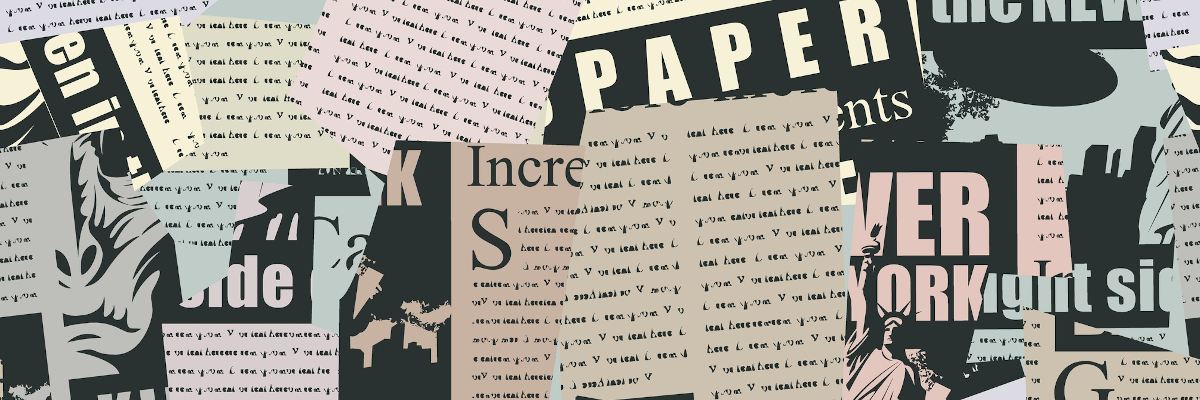
One of the best-known "facts" about the Torah is that it contains 613 mitzvoth. Even Jews who are not very learned tend to know this. They are often somewhat surprised to discover that it was not until the 8th century that the first such list was composed. Clearly this was a topic of little importance to our Talmudic Sages.
The Ramban in his introductory comments to the Rambam's listing of the 613 mitzvoth, has a long essay where he questions whether in fact our Sages accepted the notion of 613 mitzvoth. There are a scant two references to the notion of 613 mitzvot in the entire Talmud (Makkot 23b, Shabbat 87a) both of which appear in a non-legal context and perhaps reflect a minority view. Yet the Ramban notes that the concept of 613 mitzvoth has become accepted in our tradition and he too will work with this assumption.
Yet even as all accept the notion of the 613 mitzvoth there is no agreed upon list of these mitzvoth. The first list - that of the Baal Halachot Gedolot - includes such post biblical mitzvoth as lighting Chanukah candles and washing our hands before eating. And the Ramban and Rambam have no less than 31 mitzvoth on which they disagree if they should be included in the taryag mitzvoth. As we all know there are thousands upon thousands of mitzvoth a Jew must follow and limiting them to 613 is no easy task. The Rambam begins his enumeration of the mitzvoth by listing his 14 limiting principles used to exclude "mitzvoth" from the official count of 613 mitzvoth.
The second of these principles is that only those mitzvoth that are explicitly mentioned in the Torah itself may be counted. Those laws derived from the text but not explicitly mentioned, such as the 13 hermeneutical principles of Rabbi Yishmael, are not to be counted. This despite the fact that these laws derived from the text are of Biblical status and form the vast majority of the Jewish law that we observe today. This is not just a numbers game - to count all laws derived from the text would put the mitzva total in the thousands - but reflects a hierarchy of the many obligations we have. That which can be found in the text of the Torah itself is more important than that which needs to be derived from the text. And violation of that which is explicitly written is a more severe infraction of Jewish law[1].
Furthermore rabbinic interpretation of the text is subject to change. The Talmud is full of examples of a later day court interpreting a verse differently than earlier generations, effectively changing the laws of the Torah. As the Rambam defines as a heretic one who believes that the mitzvot of the Torah can change, any law derived by rabbinic interpretation of the Biblical text by definition cannot be counted as one of the 613 mitzvoth. While we today lack the authority to differ with our Sages in understanding the Divine text, such will change when the Sanhedrin is re-established. Only that which is actually written in the Torah is unchangeable and only such can be included in an eternal list of mitzvoth. This makes eminent sense. Being of Divine origin, and as the Ramban notes a description of G-d, the Torah is unchanging. But the derivations of Torah "are not in heaven" and while granted biblical status are open to re-interpretation.
This distinction between the words of the Torah and those derived from the Torah is found in the Talmudic discussion about the circumstances in which a Canaanite slave was to be freed. Unlike a Hebrew slave, who if not redeemed earlier went free after six years, a non-Jewish slave who was not redeemed went free only upon being assaulted by his master. The Torah specifies freedom for the slave if the master knocks out an eye or a tooth of the slave (Shemot 21:26-27). However our Sages using the interpretive tool known as binyan av, where a rule specifically mentioned in the Torah in one instance is applied to other similar cases, derive that the slave also goes free if he is permanently injured in any of 24 roshei evarim, major limbs of the body. "Just as the loss of an eye and the tooth are noticeable wounds and are of a permanent nature so too all limbs where the damage is noticeable and permanent nature does the slave go free."
While the slave goes free the Rabbis of the Talmud debate whether the master must also issue a legal document freeing the slave. After a debate featuring some of the greatest of sages of the Taanatic period - Rabbi Shimon, Rabbi Meir, Rabbi Elazar, Rabbi Tarfon and Rabbi Akiva - "those who decide before the Sages said: it appears the words of Rabbi Tarfon [that no document is needed] regarding the eye and the tooth and the words of Rabbi Akiva [that a document is needed] regarding other limbs...as it is a midrash chachamim, rabbinic exegesis." (Kiddushin 24b)
Not being explicitly mentioned in the Biblical text the laws of the other limbs differ from that which is in the text. As Tosafot explains (Kiddushin 24b s.v. hoeel) since "the tooth and the eye" are explicitly mentioned when the Torah says the slave goes free it means automatically. However regarding the other limbs of the body the mechanism for going free is derived from an extra word in the text. This word "shiluach", to send, also appears in the Torah's description of divorce teaching that just as a divorce is only effective upon the delivery of a written document so too must a slave receive a written document.
Our tradition consists of two Torot, the written Torah and the Oral Torah (Shabbat 31a). While they form one inseparable unit, they are nonetheless two distinct parts of Torah.
[1] After I finished writing this piece I was listening to shiur by Rav Herschel Schachter and "coincidentally" he mentioned the view of the Jerusalem Talmud that if a regular nazir whose nezeerut lasts for 30 days and a nazir who takes upon himself to be a nazir for life come across a dead body, the nazir for life should be the one to bury the body. This is because the notion that one can be a nazir forever is a Halacha leMoshe MiSinai - a law given to Moshe at Sinai with no textual reference - and thus the prohibition to come in contact with a dead body is a lower level prohibition than that of a regular nazir described in the Torah text itself.



